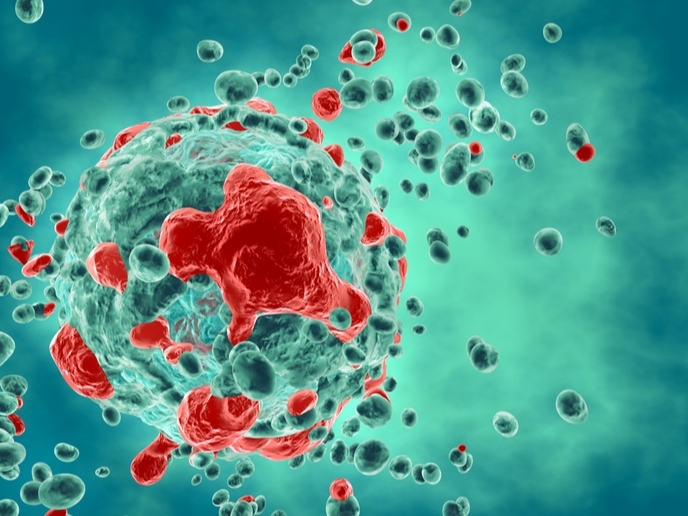Fit fish work out on high carb diet
Commercial fish diets in farming enterprises may contain a high proportion of carbohydrates which could pose problems due to the fish's lack of ability to utilise the carbs. The EU-funded 'Carbohydrate utilization by the working muscle of rainbow trout' (Glucose USE IN FISH) project has studied the effects of exercise in trout to see exactly how carbohydrate utilisation can be increased. Trout are a carnivorous group and are cultured worldwide. The team used a multi-tissue genomic approach, a whole organism physiological assessment and a cellular mechanistic analysis to study the effects of exercise on the fish. After 40 days of exercise, trout metabolism recreated the spawning migration period where the fish mobilise lipid reserves that sustain the metabolic demands of endurance exercise. Using next generation sequencing, genes transcripted from red muscle were shown to be more involved in induced sustained swimming than those from the white. The scientists suggest that the white muscle may switch to a more aerobic phenotype. After 30 days of high carbs and exercise, GLUT1 and GLUT4 glucose transporters were both upregulated in red muscle. Microarray analysis showed an increase in gene expression related to the immune response and muscle development. To perform some of the molecular assays, the project team developed an in vitro model that mimics the exercise condition by delivering electric pulses to trout muscle myotubes. The process is modulated by adenosine monophosphate-activated protein kinase (MAPK) and, not only that but GLUT1 and GLUT4 transcription increases with exercise. A first in research, the trout scientists have shown an important role for MAPK, a master metabolic switch that mediates the observed increase of glucose uptake in mammal muscle during exercise in non-mammalian vertebrates. Results showed that MAPK is involved in stimulating glucose uptake in fish muscle cells. Transcript databases from the research may form a valuable data pool that can be used in research on red and white muscle functioning. The main applications of the research, however, rest with its significance for the aquaculture sector. Glucose USE IN FISH has produced important evidence for swimming-enhanced carbohydrate utilisation in fish which may contribute to growth improvement. Farming a fitter fish may prove profitable and be more sustainable as well as humane.







